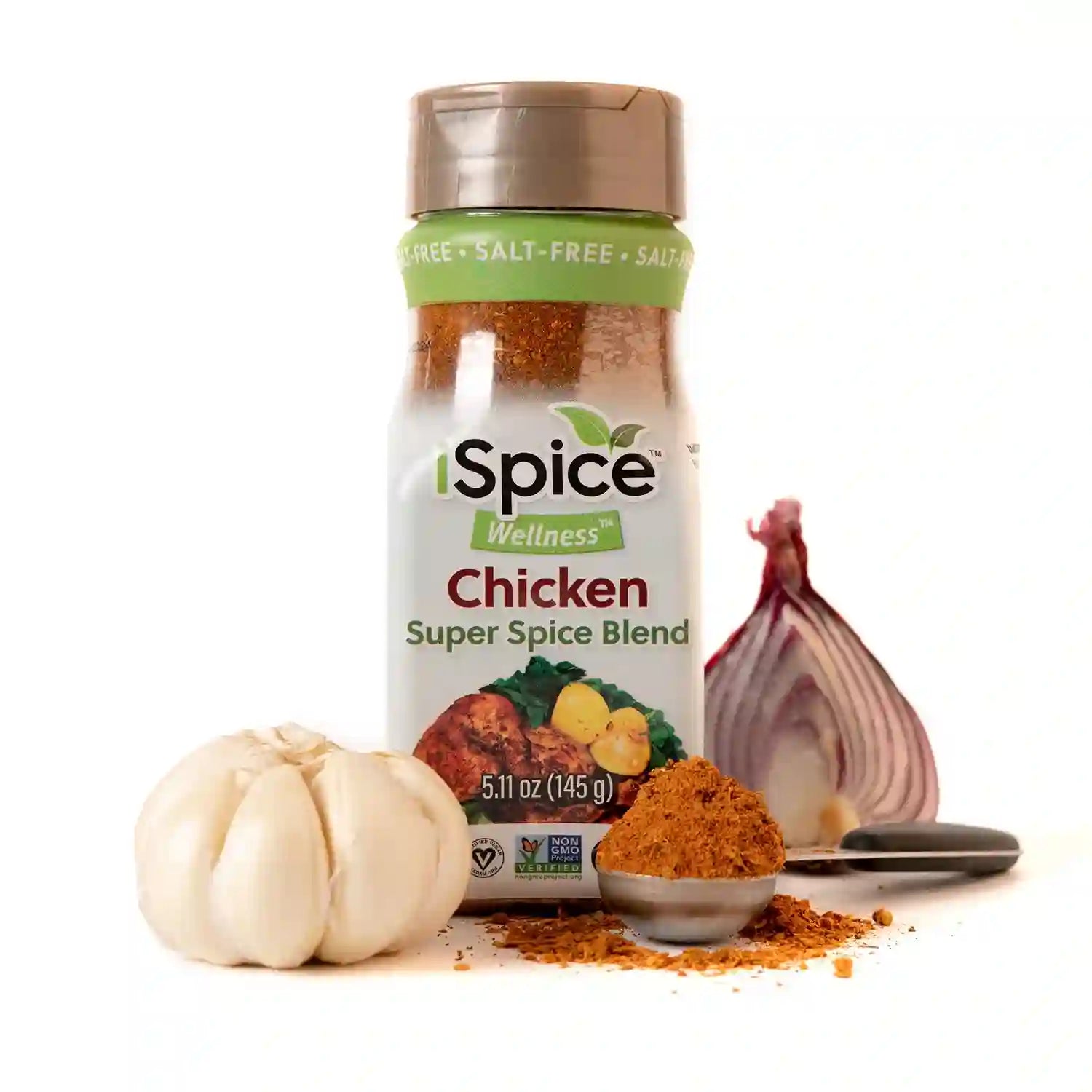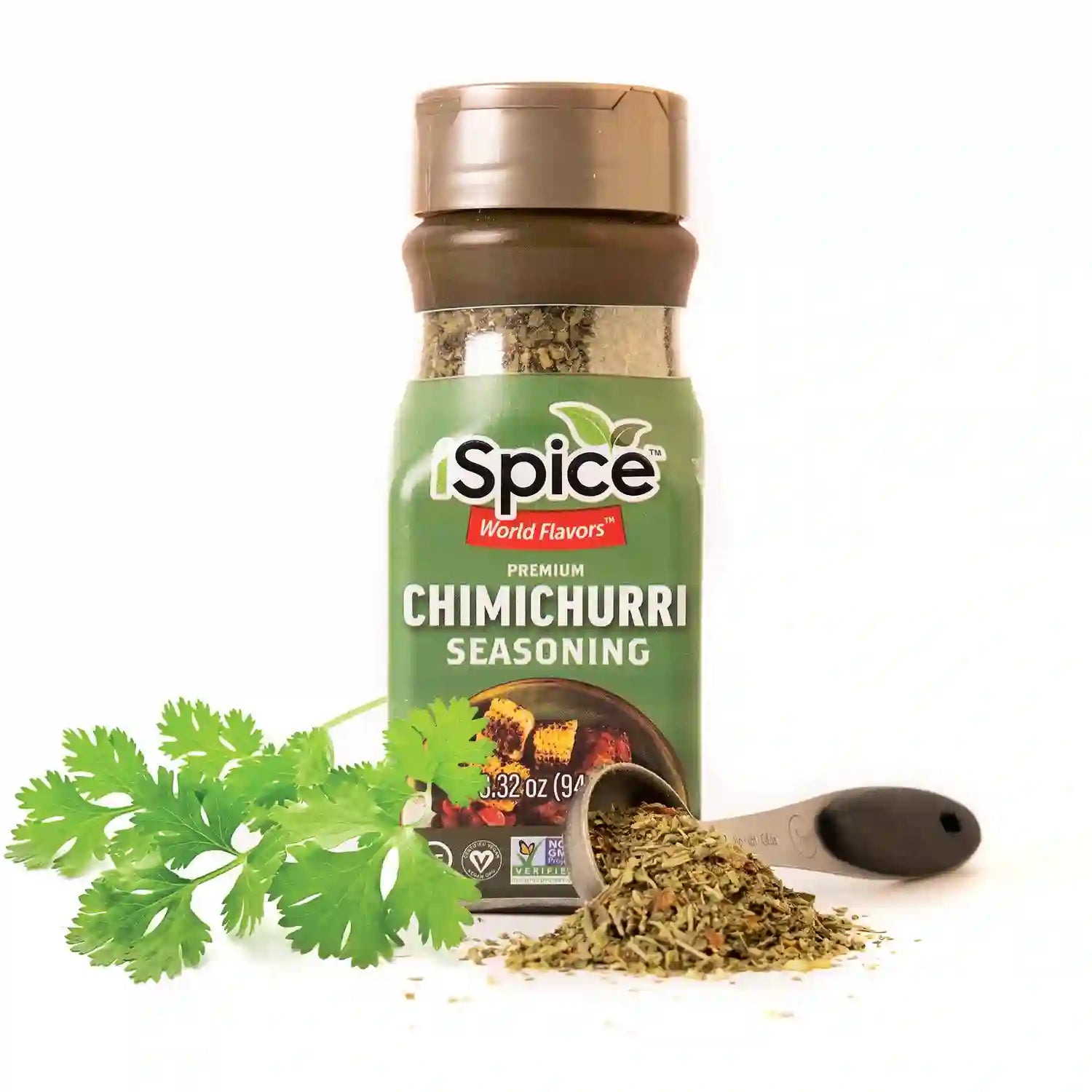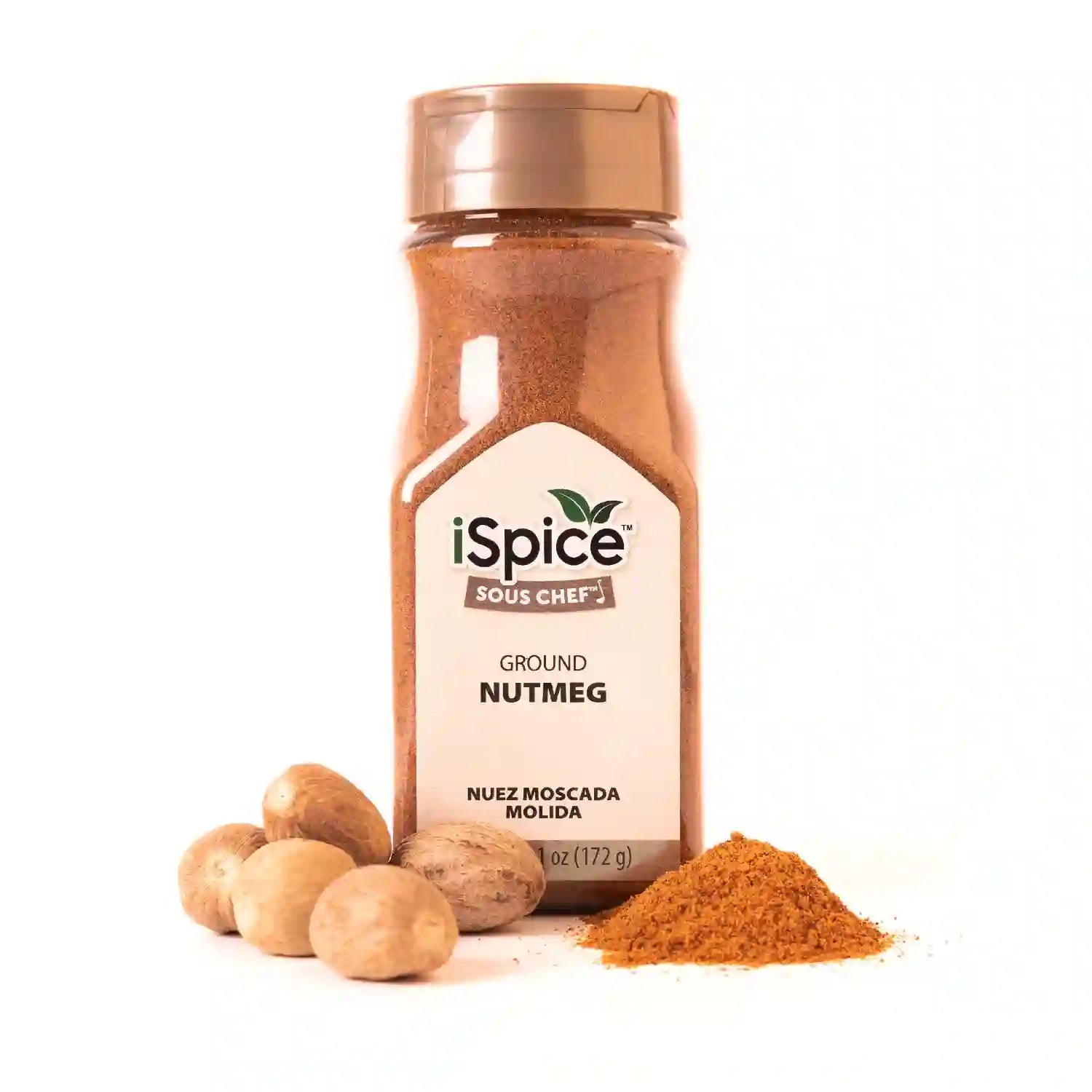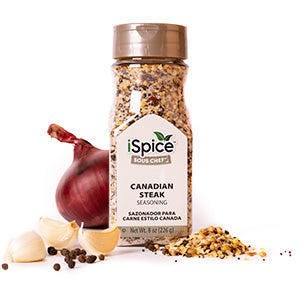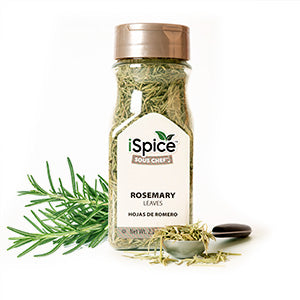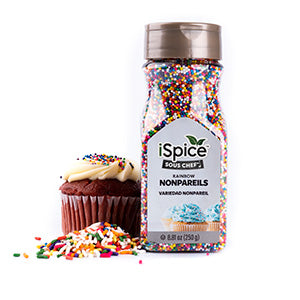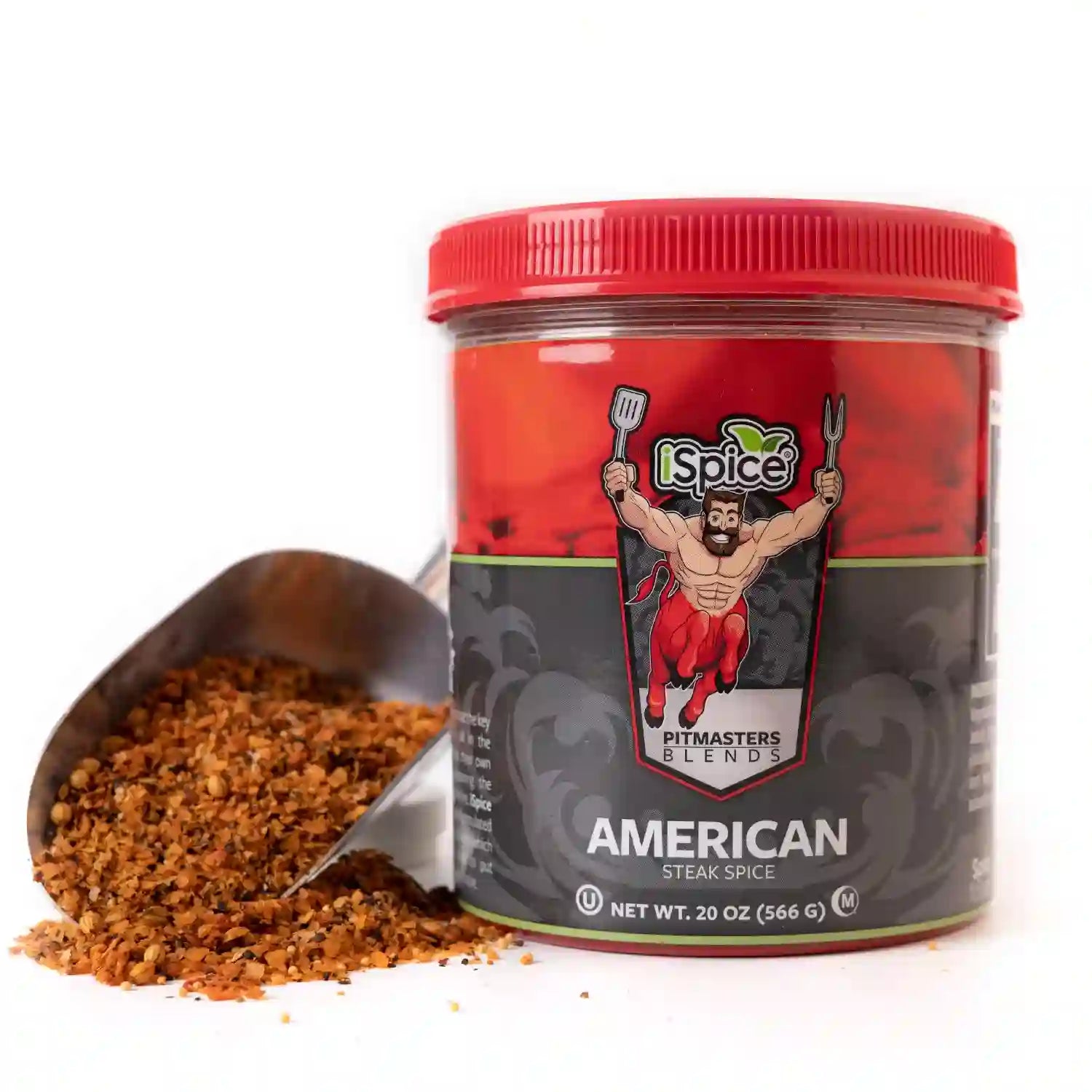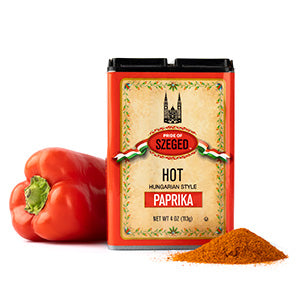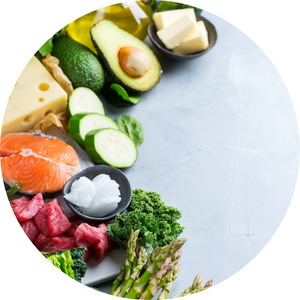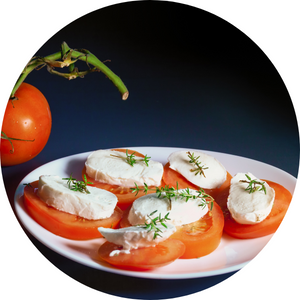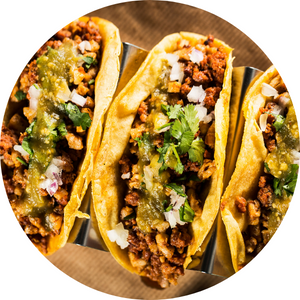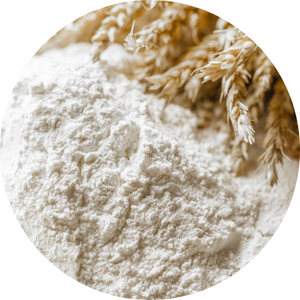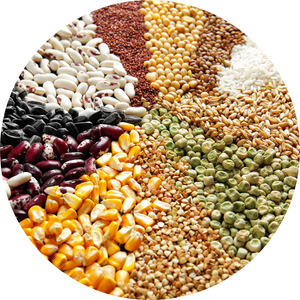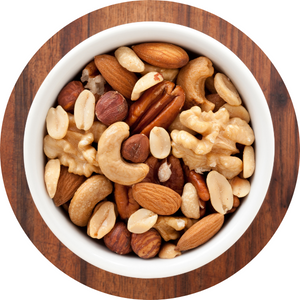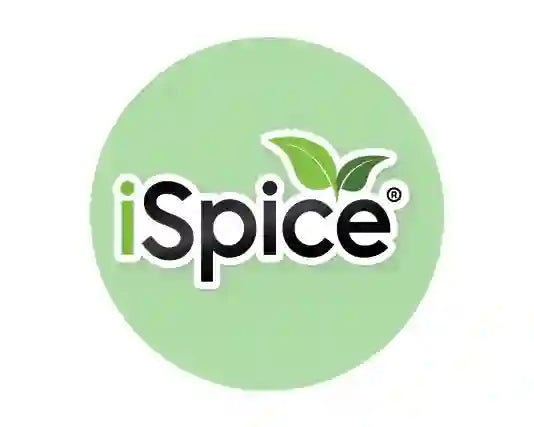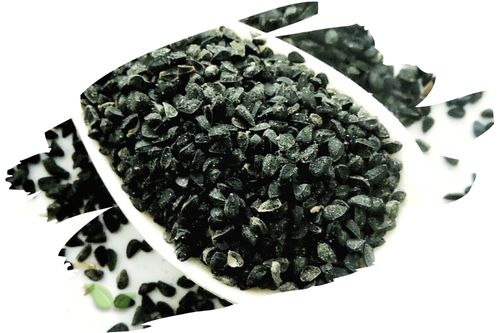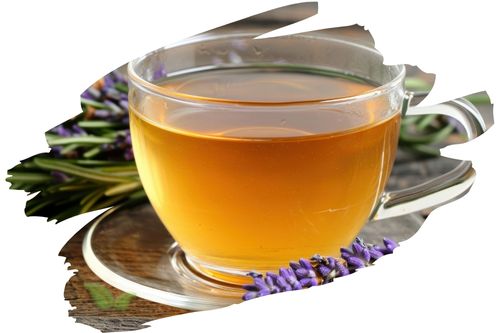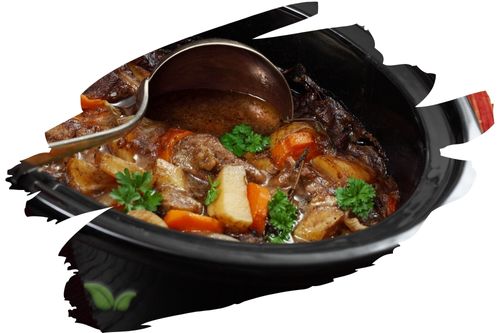
Introduction:
Cacao nibs and cocoa powder are both derived from the cacao bean, but they offer different flavors, textures, and uses in the kitchen. Whether you're looking to add a rich chocolatey flavor to your dishes or reap the health benefits of cacao, understanding the differences between cacao nibs and cocoa powder is essential. Let's dive into the nuances of each to help you choose the right ingredient for your culinary creations.
Cacao Nibs vs. Cocoa Powder: Understanding the Variations
Source and Processing
Cacao Nibs: Cacao nibs are small pieces of crushed cacao beans, which are the seeds of the cacao fruit. They are minimally processed, typically roasted and cracked to remove the outer shell, leaving behind the pure cacao bean. Cocoa Powder: Cocoa powder is made by pressing the cacao beans to extract the fat, or cocoa butter, and then grinding the remaining solids into a fine powder. It undergoes further processing, including alkalization or Dutch processing, to modify its flavor and color.
Flavor Profile
Cacao Nibs: Cacao nibs have a rich, intense chocolate flavor with subtle fruity and nutty undertones. They offer a satisfying crunch and a bitter taste, reminiscent of dark chocolate. Cocoa Powder: Cocoa powder has a deep chocolate flavor with a slightly bitter taste. Depending on the processing method, it may range from natural cocoa powder, which is acidic and fruity, to Dutch-processed cocoa powder, which is milder and smoother.
Texture and Consistency
Cacao Nibs: Cacao nibs have a crunchy texture similar to nuts or seeds. They add a delightful crunch to recipes and can be eaten as a standalone snack. Cocoa Powder: Cocoa powder is finely ground and has a smooth, powdery consistency. It dissolves easily in liquids and blends well with dry ingredients, making it ideal for baking and cooking.
Nutritional Content
Cacao Nibs: Cacao nibs are rich in antioxidants, fiber, and essential minerals such as magnesium, iron, and calcium. They are also low in sugar and contain healthy fats, making them a nutritious addition to your diet. Cocoa Powder: Cocoa powder is a good source of antioxidants, particularly flavonoids, which have been linked to various health benefits, including heart health and improved cognitive function. It's also low in calories and carbohydrates, making it suitable for those watching their calorie intake.
Culinary Uses
Cacao Nibs: Cacao nibs can be used in a variety of ways, including sprinkling them over oatmeal, yogurt, or smoothie bowls, adding them to baked goods like cookies and brownies for a crunchy texture, or incorporating them into savory dishes like salads or chili for a hint of chocolatey flavor. Cocoa Powder: Cocoa powder is a versatile ingredient used in baking, cooking, and beverage making. It's commonly used to make chocolate desserts such as cakes, cookies, and puddings, as well as hot cocoa, chocolate sauces, and marinades.
Cost and Availability
Cacao Nibs: Cacao nibs are typically more expensive than cocoa powder due to their minimal processing and higher nutritional content. They are available at health food stores, specialty grocery stores, and online retailers. Cocoa Powder: Cocoa powder is widely available and relatively inexpensive, making it a pantry staple for many home bakers and cooks. It can be found in most grocery stores, supermarkets, and online platforms in both natural and Dutch-processed varieties.
Which to Choose?
The choice between cacao nibs and cocoa powder depends on your personal taste preferences and culinary needs. If you're looking for a crunchy, nutrient-rich addition to your recipes, cacao nibs are an excellent choice. On the other hand, if you prefer the convenience and versatility of a finely ground powder for baking and cooking, cocoa powder is the way to go. Experimenting with both ingredients allows you to explore the diverse flavors and textures of cacao in your culinary creations.
FAQs (Frequently Asked Questions)
- Can cacao nibs be substituted for cocoa powder, and vice versa, in recipes? Yes, cacao nibs and cocoa powder can often be used interchangeably in recipes, with adjustments made for flavor intensity and texture. Keep in mind that cacao nibs will add a crunchy texture, while cocoa powder will provide a smoother consistency.
- How should cacao nibs and cocoa powder be stored to maintain freshness? Cacao nibs and cocoa powder should be stored in a cool, dry place away from direct sunlight and heat sources. It's best to keep them tightly sealed in an airtight container to prevent moisture absorption and maintain their flavor and quality.
- Can cacao nibs and cocoa powder be used in beverages like smoothies or coffee? Yes, both cacao nibs and cocoa powder can be added to beverages like smoothies, coffee, or hot chocolate to add a rich, chocolatey flavor. Simply blend them into your favorite drink for an extra boost of flavor and nutrition.
- Do cacao nibs and cocoa powder contain caffeine? Yes, both cacao nibs and cocoa powder contain caffeine, although the amount may vary depending on the processing method and brand. However, the caffeine content is relatively low compared to coffee or tea, so it's unlikely to cause jitteriness or sleep disturbances.
Conclusion:
Cacao nibs and cocoa powder are versatile ingredients that offer unique flavors, textures, and nutritional benefits. Whether you're looking to add a crunchy topping to your morning yogurt, whip up a batch of chocolate chip cookies, or indulge in a rich, velvety dessert, incorporating cacao into your recipes opens up a world of delicious possibilities.
Alert: While spices can have many beneficial properties for health, using them for medical purposes should be done under the guidance and supervision of a healthcare professional or specialist. Some spices may interact with medications or cause adverse reactions in certain individuals, and it is important to use them safely and appropriately. If you are considering using spices for a medical condition, it is important to consult with a healthcare professional before doing so.

